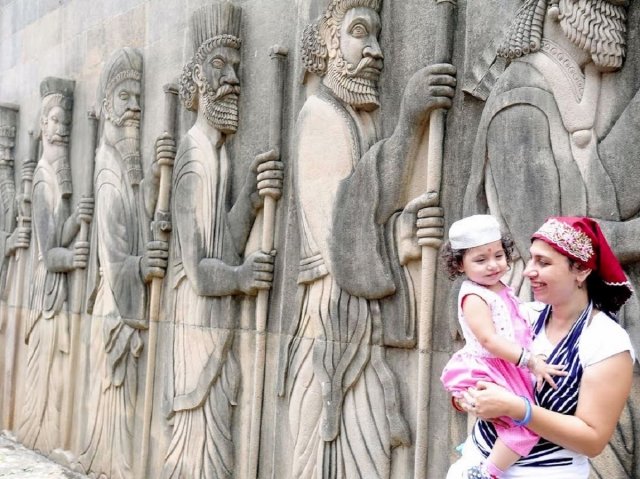The death of an Indian minority
The Parsis are an ancient group in India. In the 8th century Zoroastrian refugees fled Islamic persecution in Persia to the western Indian state of Gujarat. These refugees were the forerunners of the current Indian Parsis. Over the centuries they have managed to maintain their separate ethnic identity and the success and influence of their community has been far in excess of their size. But the twenty-first century sees the Parsi community on the brink of extinction. In 1941 there were 114,000 Indian Parsis. Seventy years later, despite the Indian population growing to over 1.3 billion people, the Parsi community has halved to only 57,264 people.
According to the BBC, this decline is attributable to the number of people marrying outside the community (women who marry outside the community cannot raise their children in the Zoroastrian faith), the number of Parsi who are not marrying at all (or late) and the number of couples who have only one child. 30% of the 57,000-odd Parsis are over the age of 60, 30% are not married and the total fertility rate is a shockingly low 0.8 children per woman. Being a highly educated community, it is perhaps not surprising that couples marry late after establishing a career and then only have one child.
But there are attempts by the federal government to slow or even halt the decline of this small community. The Jiyo Parsi scheme was launched in 2013 to encourage couples to have more children and to defray the expenses of fertility treatment for low earning Parsi couples. Thus an advertising campaign has been launched urging Parsi men to “be responsible” by “not using a condom tonight” and to cut the umbilical cord and marry because “isn’t it time you broke up with your mom?” This is of course in direct contrast with the general tenor of Indian governmental demographic initiatives which focus on population control, rather than increasing birth rates! The scheme seeks to encourage Parsis to have more children and provides some support for those who cannot do so naturally and wish to turn to fertility treatments.
The scheme has been credited with the birth of 102 additional Parsi children since it was launched. The Japanese government is even taking notes on what and what does not work to encourage greater fertility in an urban, educated community. However, whether or not the scheme is a success is yet to be seen. While 102 additional children in a five year period is good, it is not nearly enough of a baby boom to halt the community’s decline. There are 750 Parsis who die annually in Mumbai, while about 200 Parsi children are born each year in the same city. According to Jehangir Patel, the editor and publisher of a Parsi based Mumbai publication:
Even five or 20 more births per year more won’t change the demographics … It’s a good endeavour helping couples who might have otherwise not been able to have children but it won’t drastically change the picture.
It might therefore be a bit soon for the Japanese government to think that they have found the magic bullet for demographic decline. And unfortunately it seems as if the Parsis are destined to become a historical relic in the not-too-distant future. A salutary reminder that a culture will only survive if its members reproduce themselves.





